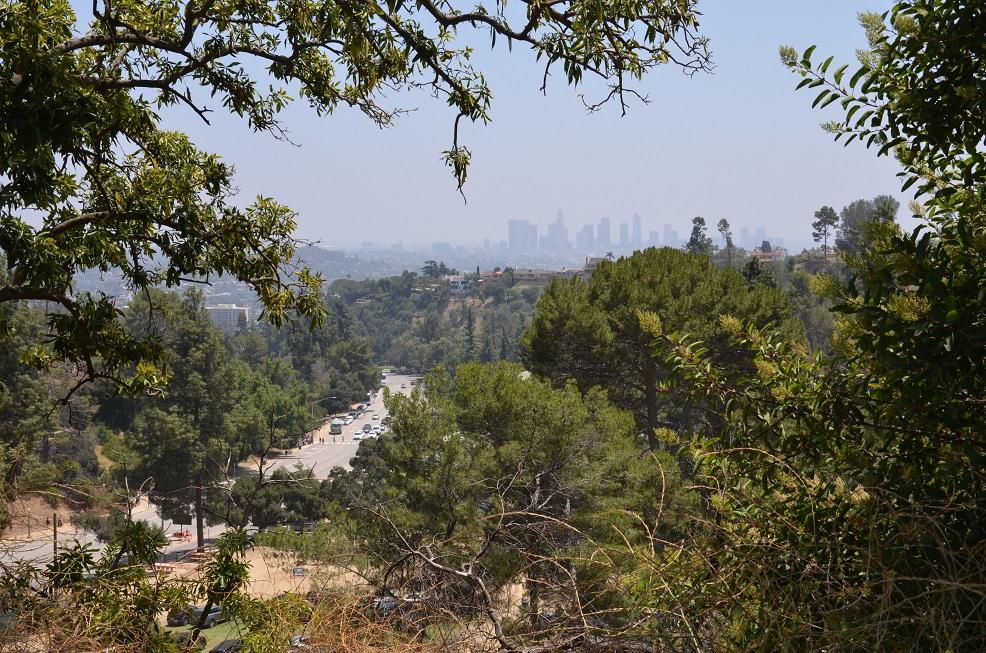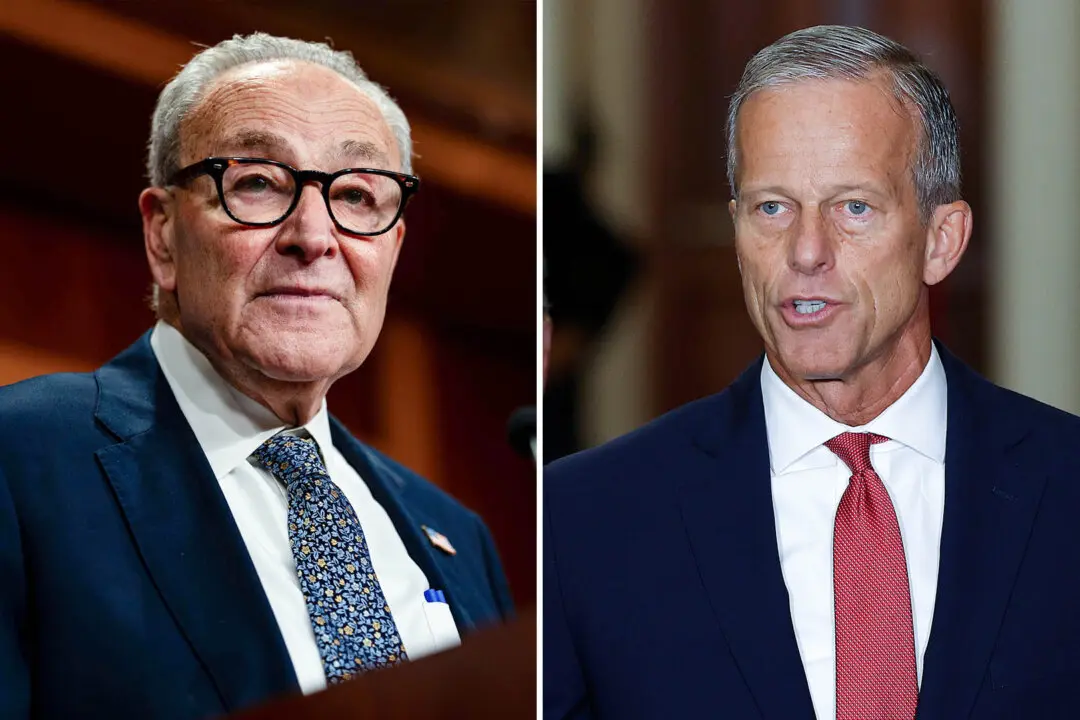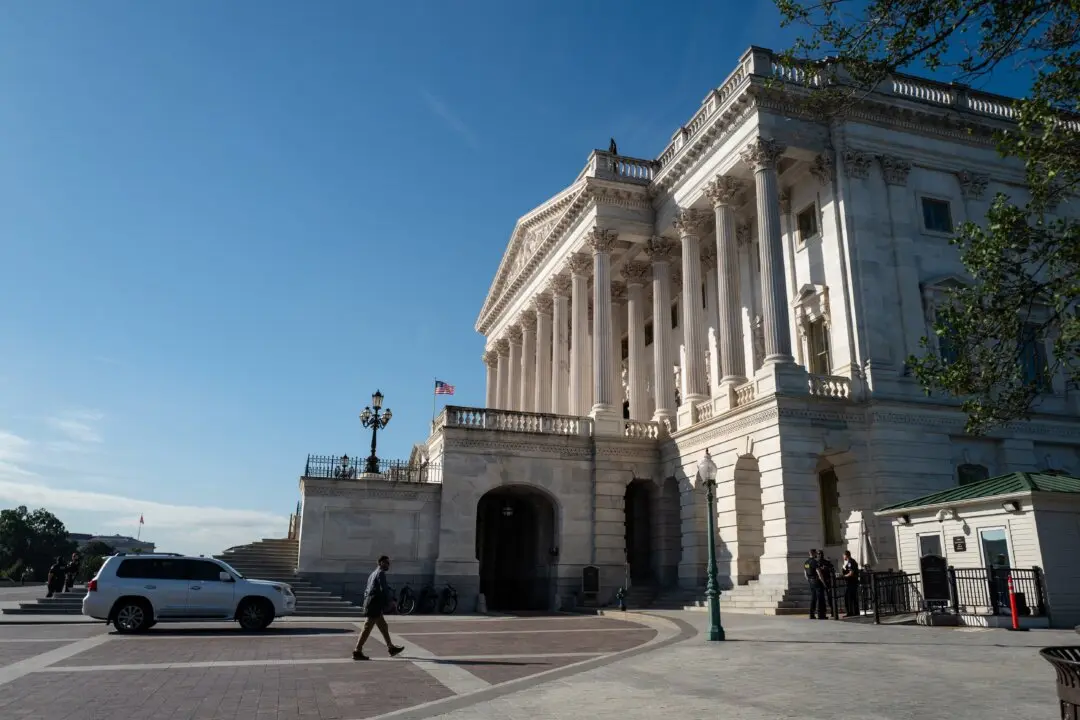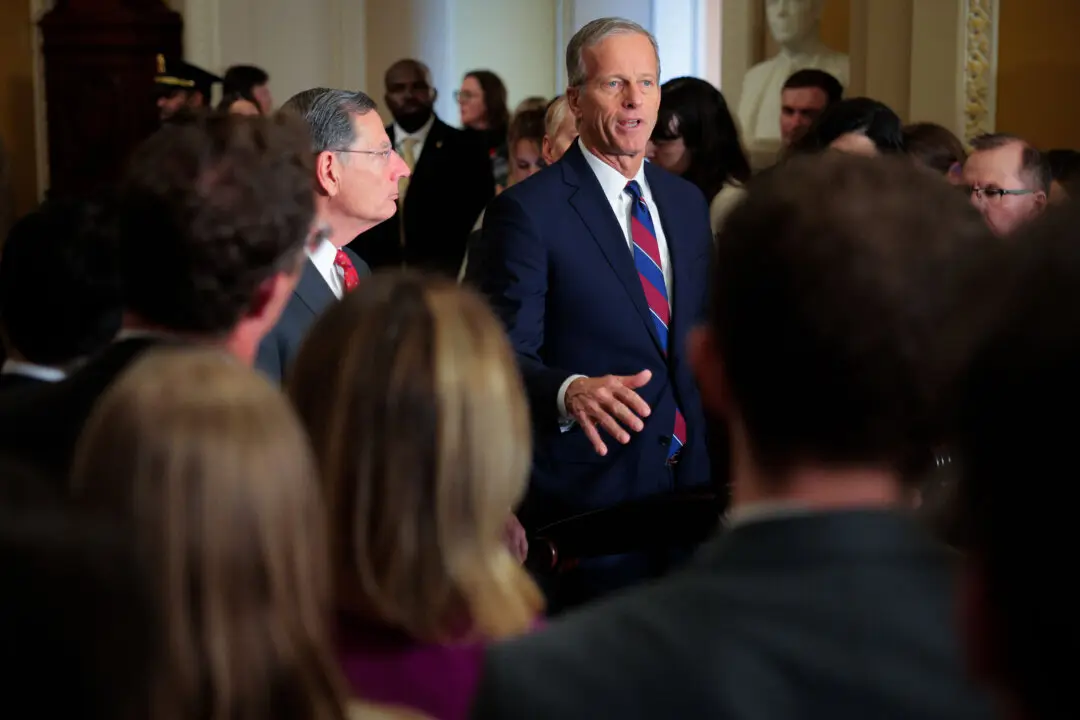The Los Angeles Parks Foundation has embarked on an initiative to plant 10 “micro-forests” per year in the city’s parks, imitating a similar project in Paris, as groups across the world promote forest growth with the aim of improving the natural environment and limiting climate change.
“In the spring or summer of 2020, I read about Paris’s micro-forests initiative, and I became very interested in doing something similar in Los Angeles,” Carolyn Ramsay, executive director of the Los Angeles Parks Foundation, told The Epoch Times.





